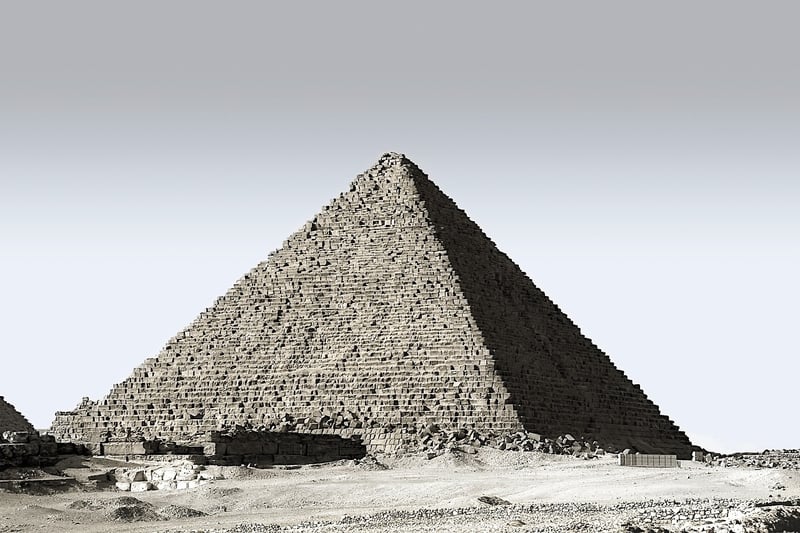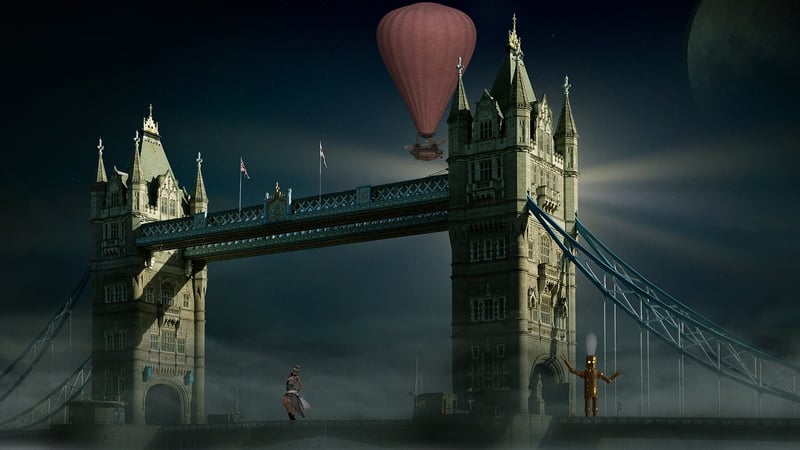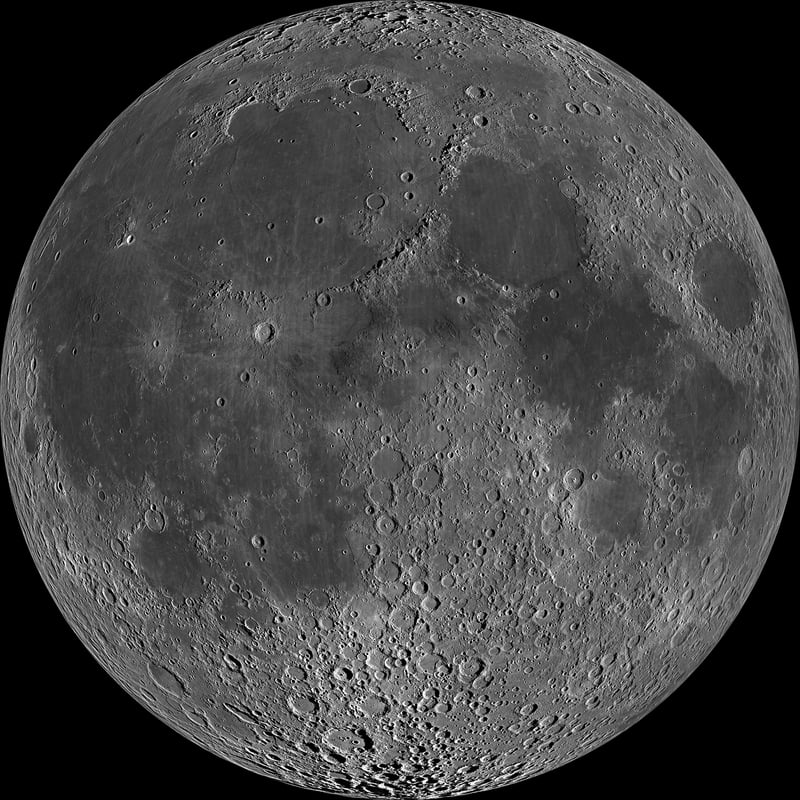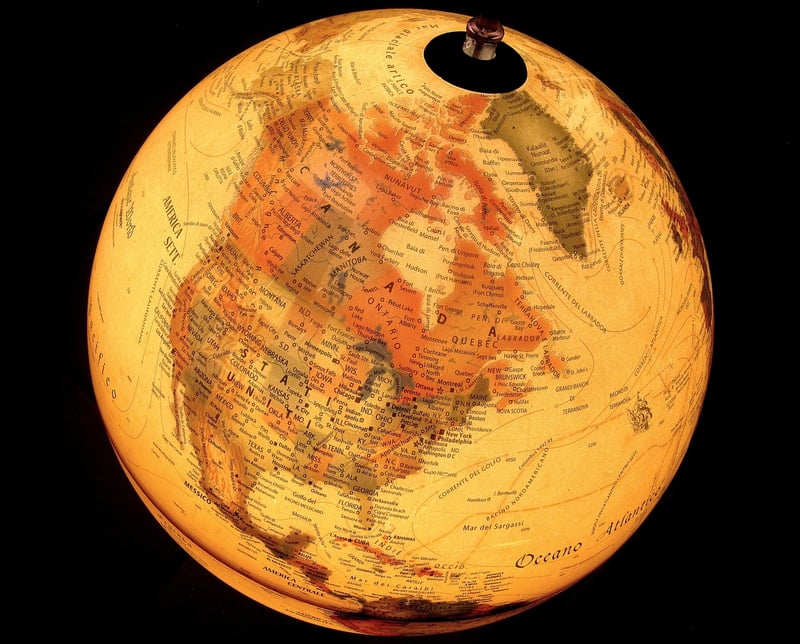Future Exploration
Exploring Different Eras: From Past to Future
Introduction
Exploring different eras allows us to dive into the rich tapestry of history and envision exciting possibilities for the future. From ancient civilizations to modern innovations, each era has its unique characteristics and contributions to the world we live in today.
Ancient Era
In the ancient era, civilizations like the Egyptians, Greeks, and Romans laid the foundation for art, architecture, philosophy, and governance. The pyramids of Giza, the Parthenon, and the Roman Colosseum stand as timeless monuments to their ingenuity and craftsmanship.

Medieval Era
The medieval era was characterized by knights, castles, and feudalism. This period saw the rise of magnificent cathedrals, epic tales of chivalry, and the spread of knowledge through institutions like the University of Bologna.

Industrial Era
The industrial era brought about a revolution in manufacturing, transportation, and communication. Inventions like the steam engine, telegraph, and assembly line transformed society and laid the groundwork for modern industrialization.

Modern Era
The modern era is characterized by rapid technological advancements, globalization, and cultural exchange. Innovations like the internet, smartphones, and space exploration have reshaped how we connect and perceive the world around us.

Future Exploration
Looking to the future, we can anticipate even more groundbreaking discoveries and advancements. Technologies like artificial intelligence, renewable energy, and space tourism hold the promise of transforming our lives in ways we can only imagine.

Conclusion
Exploring different eras allows us to appreciate the progress we've made as a civilization and inspires us to continue pushing the boundaries of innovation and creativity. By learning from the past and embracing the future, we can create a world that is both informed by history and shaped by our dreams.
